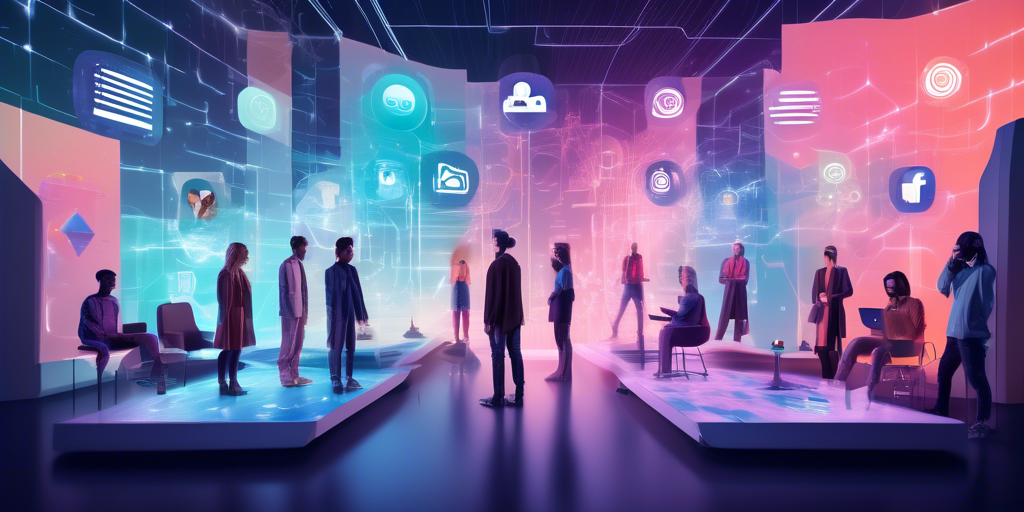In a world increasingly defined by digital footprints, “I Pretended To Be a New 0.01% BRAINROT in Steal a” has captured the attention of social media and tech enthusiasts alike. This phenomenon explores the complexities of virtual identities, prompting discussions about authenticity and the nature of online personas. The exploration of this concept raises questions about how individuals navigate their digital lives, especially as more people adopt curated identities for social acceptance.
As we move further into 2025, the concept of digital identity continues to evolve dramatically. People are now more aware of how their online personas can impact their real-world interactions. The idea of pretending to be part of an exclusive 0.01% in online spaces is both fascinating and alarming, signifying a shift in how we perceive status and community in the digital age.
🎯 The Appeal of Exclusivity
The allure of being part of an elite group is not new. However, the digital realm has intensified this pursuit. “I Pretended To Be a New 0.01% BRAINROT in Steal a” serves as a mirror reflecting our desires for recognition and validation online. The psychological impact of this phenomenon cannot be understated, as individuals strive for belonging in an increasingly competitive environment.
This trend has led to the emergence of various platforms where users can curate their identities. The rise of influencer culture exemplifies this shift, where perception often trumps reality. The question arises: at what cost do we seek this virtual validation?
📊 Statistics Behind the Trend
Recent studies indicate that over 70% of social media users actively curate their online identities. This statistic highlights the prevalence of digital personas and the lengths individuals will go to fit in. As people strive to be seen as part of this exclusive club, the lines between real and artificial continue to blur.
The consequences of these actions can be significant. Mental health experts are increasingly noting the correlation between digital identity curation and anxiety. The pressure to maintain a façade can take a toll on genuine self-esteem and well-being.
⚡ The Future of Digital Identities
As technology advances, the concept of digital identity will continue to evolve. With innovations such as virtual reality and augmented reality, our interactions online may become even more immersive. This raises questions about how individuals will navigate their online personas as digital realities become more complex.
In 2025, we are likely to see increased scrutiny of these curated identities. Discussions surrounding authenticity and ethics in digital spaces will become more prevalent, challenging users to reflect on their online behavior and its implications.
In conclusion, “I Pretended To Be a New 0.01% BRAINROT in Steal a” serves as a crucial conversation starter about digital identity in our current age. It encourages readers to reflect on their online presence and the impact it has on their lives. As you think about your digital persona, consider sharing this article with friends to spark discussions on the future of online identities.
